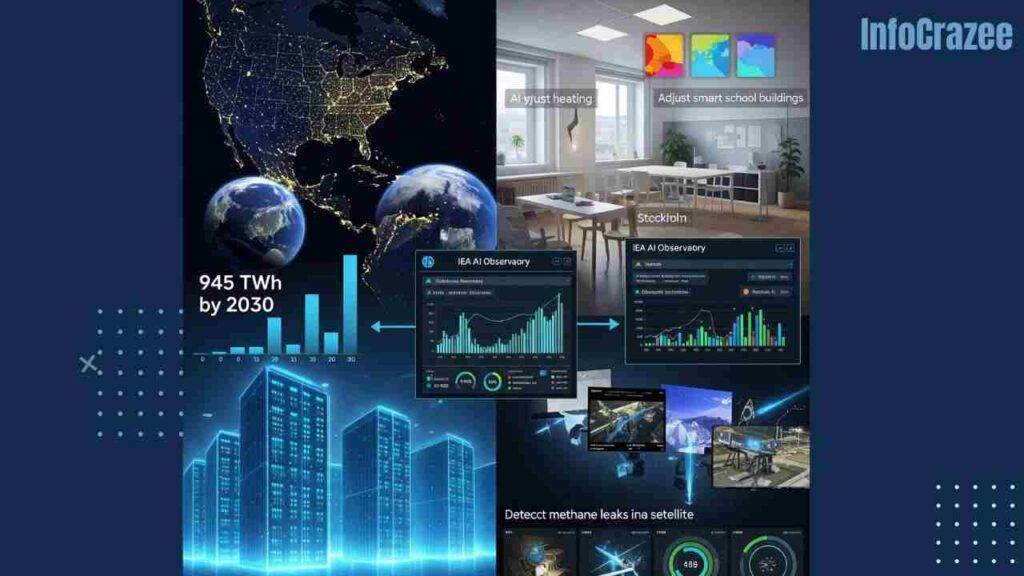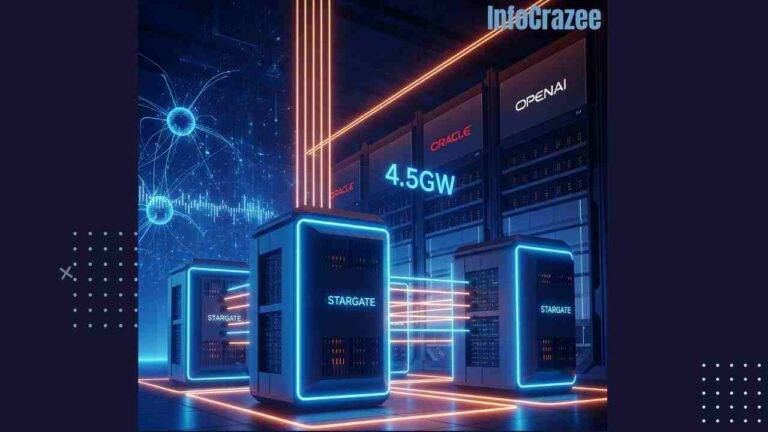The IEA’s AI Observatory: Keeping Tabs on AI’s Big Energy Footprint
Ever wonder how much power it takes to run those super-smart AI systems we’re all buzzing about? Or how AI could make our energy systems smarter and greener? The International Energy Agency (IEA) has launched a new tool, the Energy and AI Observatory, to answer these questions and more. Introduced on June 16, 2025, this platform tracks how AI is shaking up the energy sector, from guzzling electricity in data centers to cutting emissions in factories.
What Is the Energy and AI Observatory?
Picture a dashboard that shows exactly how much energy AI is using and how it’s helping make energy systems better. That’s the IEA’s Energy and AI Observatory—a first-of-its-kind platform that keeps tabs on AI’s growing role in the energy world. It’s packed with data, maps, and real-world examples, built with input from tech giants like Google and IBM, as well as energy experts. The goal? To help everyone—policymakers, businesses, and curious folks like you—understand AI’s energy impact.
- Why it’s cool: It’s the only global tool tracking both AI’s energy demands and its potential to improve energy systems.
- Key feature: Interactive maps show where AI data centers are popping up and how much power they’re using, region by region.
- Fun fact: Data centers powering AI used 415 terawatt-hours (TWh) in 2024—about 1.5% of the world’s electricity
How AI and Energy Are Connected
I remember chatting with a friend who works in tech about how much power her company’s servers need—it was mind-boggling! AI needs tons of electricity to run, especially in data centers that train models like ChatGPT. But it’s also helping the energy sector get smarter. Here’s how the Observatory breaks it down:

AI’s Energy Appetite
- Real-world win: The Observatory shows data centers could use 945 TWh by 2030—more than Japan’s total electricity use today! The U.S. alone accounts for 45% of this demand.
- Example: A single AI-focused data center can use as much power as 100,000 homes, and the biggest ones under construction will need 20 times that.
AI Making Energy Smarter
- Real-world win: AI is already cutting costs and emissions, like optimizing heating in Stockholm schools or improving gas use in U.S. steel plants.
- Example: Google’s AI, paired with Methane SAT, detects methane leaks from oil fields, helping reduce harmful emissions faster than ever.
Why This Matters to You
You might be thinking, “AI and energy? Sounds technical!” But this affects your life more than you’d think.
- Lower energy bills: AI can optimize power grids, like in Chile, to use renewables better, potentially keeping electricity costs down.
- Greener planet: By cutting emissions in industries, AI helps fight climate change, making the air cleaner for everyone.
- Job opportunities: The AI-energy boom is creating roles in data science, energy management, and green tech—great if you’re job-hunting!
Challenges to Watch
AI’s energy story isn’t all rosy. The Observatory highlights some hurdles:
- Huge power demand: Data centers could double their electricity use by 2030, straining grids in places like the U.S. and China.
- Climate concerns: Only half of this new demand might come from renewables, with gas and coal filling gaps, which could hurt climate goals.
- Data gaps: We still don’t know enough about how fast AI will grow or how efficient it can get, making planning tricky.
How to Get Involved
Want to stay ahead of this AI-energy wave? Here’s how, straight from infocrazee:
- Explore the Observatory: Visit the IEA’s platform to check out interactive maps and case studies—it’s free and user-friendly! [Link to IEA Energy and AI Observatory]
- Learn about AI in energy: Platforms like Coursera offer courses on AI and sustainability to boost your skills.
- Support green tech: Choose energy providers or products that prioritize renewables to help balance AI’s power needs.
A Personal Take
Last summer, I noticed my electricity bill spiked from running my home office setup—imagine what AI data centers are doing! The Observatory’s case studies, like one about a smart campus in Pune, India, saving energy with AI, made me think about how tech can help us use power smarter. But with data centers growing so fast, I worry about keeping up without harming the planet. This tool feels like a step toward figuring it out together.
What’s Next for the Observatory?
The IEA plans to keep the Observatory fresh with new data and case studies, tracking AI’s energy impact through 2035. They’re working with companies like Google and IBM to add more insights, like how AI can improve wind and solar forecasts.
- More renewables: Half of new data center power could come from solar and wind by 2035, with better energy storage.
- Smarter grids: AI could save $110 billion annually by optimizing electricity systems.
- Global reach: The Observatory will expand to cover AI’s impact in regions like Africa, where data center growth is slower but rising.






